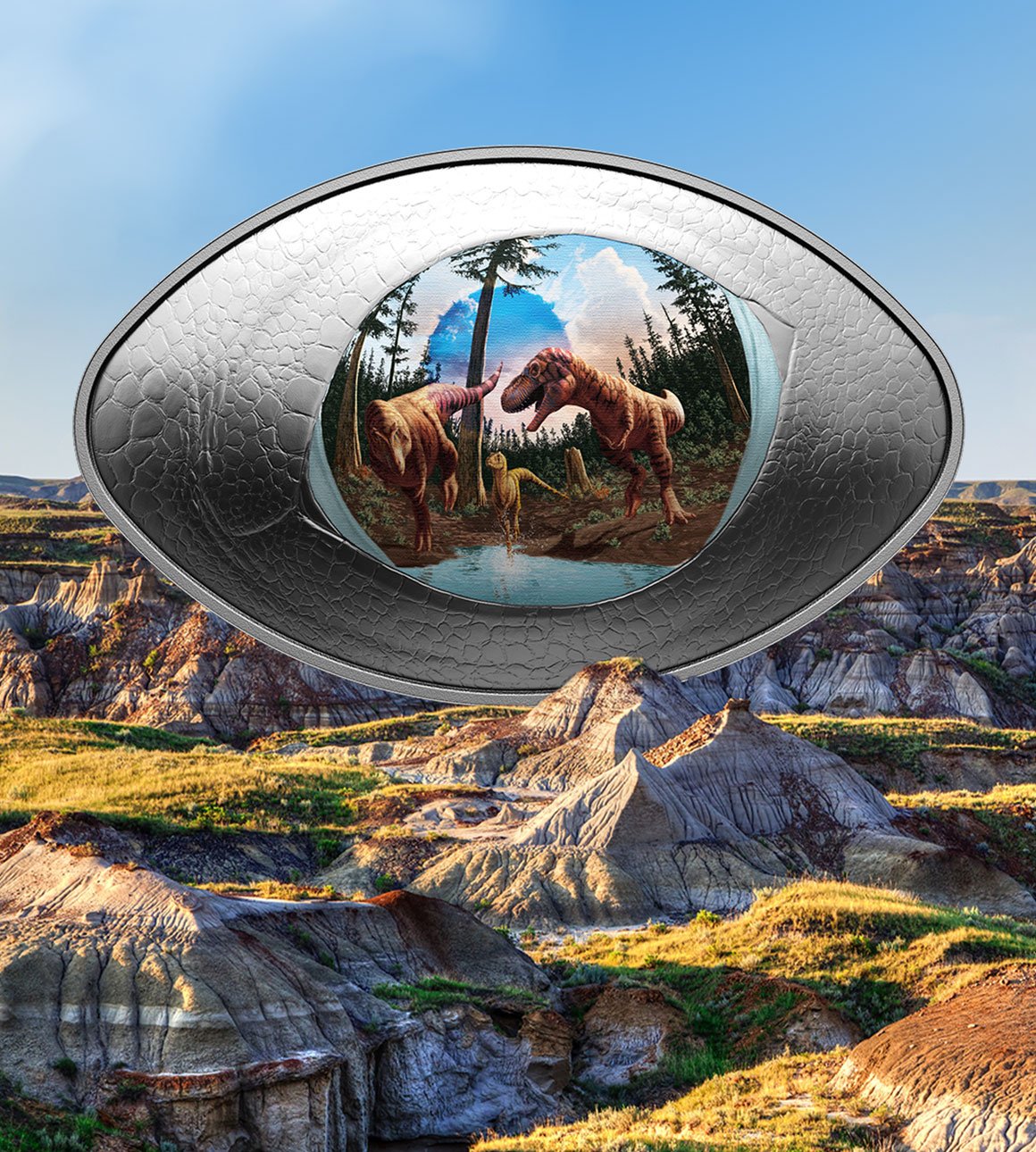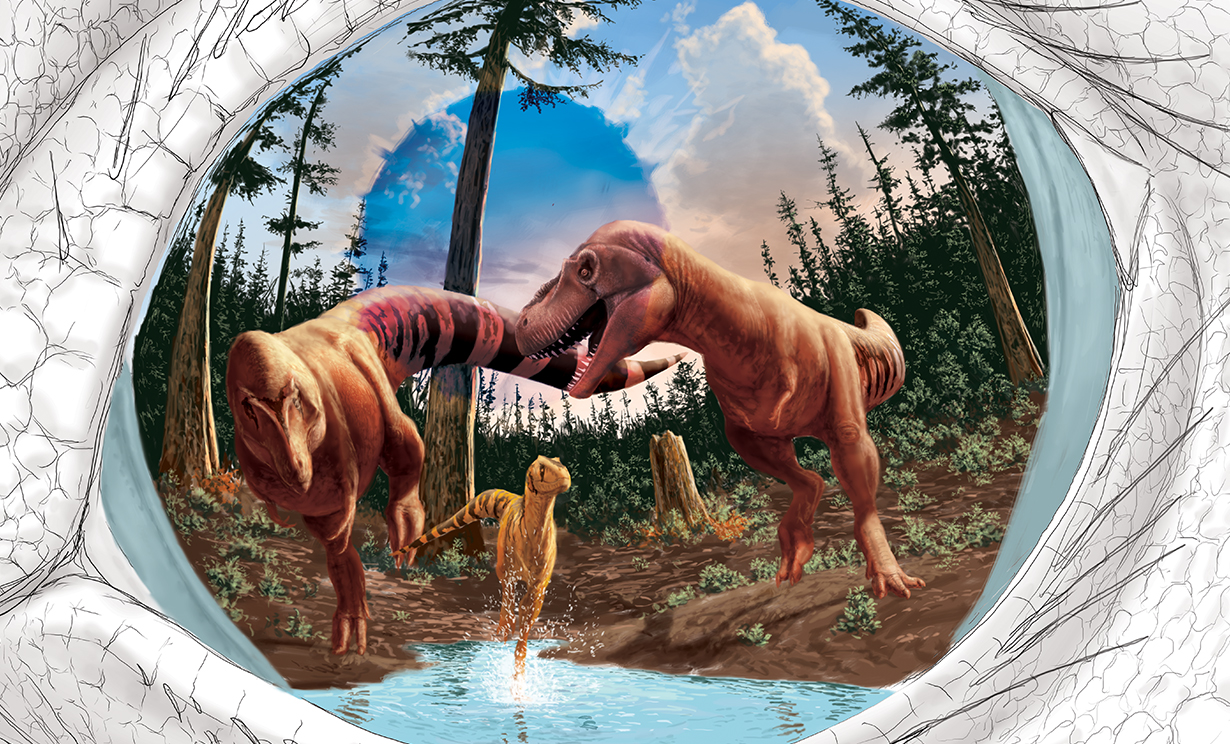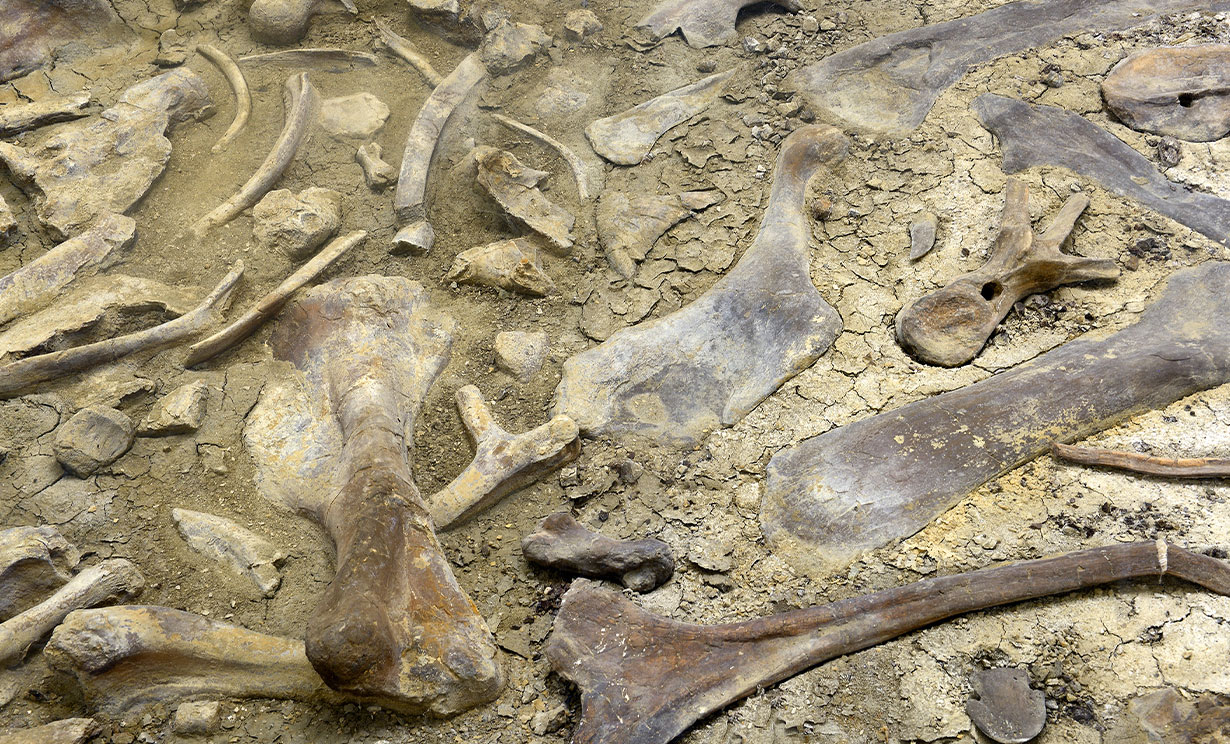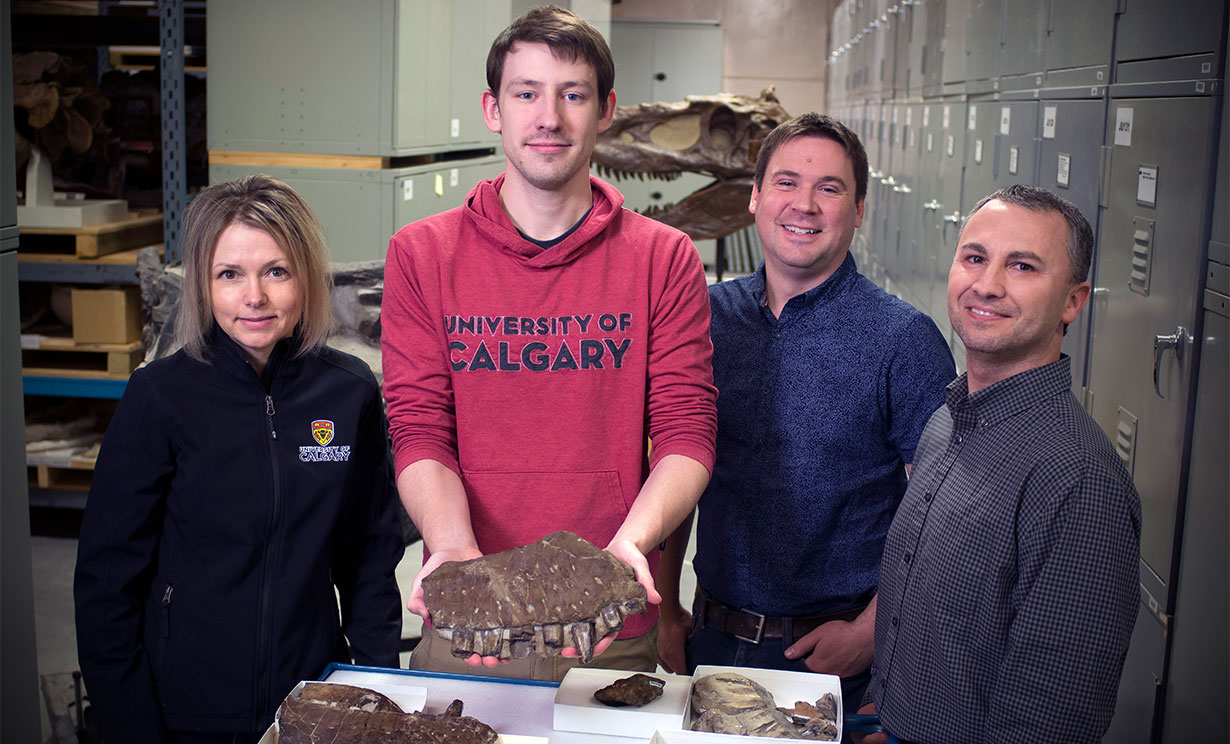Prehistoric Paradise: Why Canada is home to so many dino discoveries
- Aug 14, 2025
- Learn
- 5 min read
Dating back eons into the prehistoric past, the land we now call Canada has been home to vast and varied landscapes with distinct ecosystems. Among the most biodiverse areas, Alberta during the Late Cretaceous period stands out as a hotspot for ancient animals - like the star of our Dinosaur Eye silver coin, Thanatotheristes. Guided by researchers from the Royal Tyrrell Museum of Palaeontology, let’s travel back to that distant time and uncover why the province has become a treasure trove of modern-day discoveries.


Dating back eons into the prehistoric past, the land we now call Canada has been home to vast and varied landscapes with distinct ecosystems. Among the most biodiverse areas, Alberta during the Late Cretaceous period stands out as a hotspot for ancient animals - like the star of our Dinosaur Eye silver coin, Thanatotheristes. Guided by researchers from the Royal Tyrrell Museum of Palaeontology, let’s travel back to that distant time and uncover why the province has become a treasure trove of modern-day discoveries.

Ancient Alberta
Roughly 80 to 66 million years ago, Alberta was part of a lush coastal plain bordering the Western Interior Seaway—a massive inland sea that split North America from the Arctic Ocean to the Gulf of Mexico.
“Alberta would have looked very different than it does today,” explains François Therrien, Ph.D., Palaeontologist and Curator of Dinosaur Palaeoecology at the Royal Tyrrell Museum. “So instead of vast prairies, we would have seen vast subtropical forests.”
This warm, wet environment supported a diverse habitat teeming with flora and fauna, from towering tyrannosaurs to small squirrel-sized mammals. The abundance of food and water made it an ideal ecosystem, allowing numerous species to thrive and evolve over millions of years.
Prehistoric preservation
What makes Alberta especially significant is not just the presence of dinosaurs, but the exceptional preservation of their remains. The region’s sedimentary rock layers, formed by debris eroded from the newly formed Rocky Mountains and deposited in ancient rivers and floodplains, buried organic material quickly and deeply.
Over time, these layers hardened into rock, protecting fossils from erosion. The dry climate of modern-day eastern Alberta has since exposed these layers, making fossil excavation both possible and plentiful.
“The province of Alberta has the ideal combination of geology and modern climate,” says Dr. Therrien. “Without that perfect balance, we wouldn’t find all those dinosaurs.”


Unearthing an ancient predator
Among the most famous Canadian discoveries is Thanatotheristes degrootorum, nicknamed the “Reaper of Death.” Unearthed in 2010 and formally described in 2020, it is the oldest tyrannosaur known in Canada, dating back about 79 million years.
“As the world’s second-oldest tyrannosaurid and the oldest one found in Canada, Thanatotheristes fills a big gap in our understanding of the evolution of the dinosaur lineage that led to Tyrannosaurus rex,” Dr. Therrien reports.
Other iconic finds include Albertosaurus, the first tyrannosaur discovered in the world in 1884, and Centrosaurus, a horned dinosaur often found in massive bonebeds. These discoveries not only deepen our understanding of dinosaurs but also highlight Canada’s central role in palaeontological research.
Canada’s prehistoric past continues to captivate scientists and enthusiasts alike. Alberta’s fossil record offers a vivid window into the Cretaceous world, revealing the diversity of life that once roamed its ancient landscapes.
As new discoveries like Thanatotheristes are uncovered, the province remains a beacon for palaeontology, reminding us that the ground beneath our feet holds stories millions of years in the making. Experience the awe-inspiring fossil exhibits at the Royal Tyrrell Museum in-person to learn even more and add a piece of Canada’s prehistoric past to you collection with our Dinosaur Eye coin.



